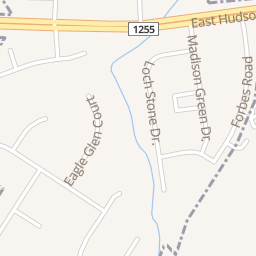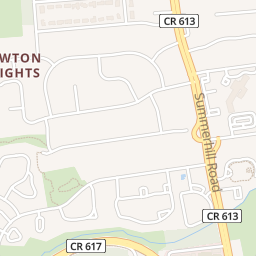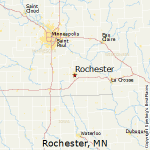
The National Health Policy was upheld by the Parliament of India in 1983 and invigorated in 2002, and a short time later again revived in 2017. The new four essential updates in 2017 notification the need to focus on the creating weight of non-communicable contaminations, on the ascent of the fiery clinical benefits industry, on creating events of irrational use in view of clinical benefits costs and on rising money related improvement enabling overhauled monetary cutoff. Basically regardless, the private clinical benefits region is responsible for a Care Homes Worksop of clinical consideration in India, and a huge load of clinical benefits costs is paid directly cash-based by patients and their families, rather than through medical care inclusion on account of divided incorporation. The government prosperity system has until recently by and large stimulated private-region expansion identified with all around arranged at this point limited general prosperity programs.
According to the World Bank, the outright utilization of clinical benefits as a degree of GDP in 2015 was 3.89%. Out of 3.89%, the authoritative prosperity utilization as a degree of GDP is essentially 1.8%, and the money-based use as a degree of the current prosperity use was 65.06% in 2015.
Attracting 45% of prosperity tourists visiting India and 30 to 40 percent of local prosperity explorers, Chennai is named “India’s prosperity capital”.
Clinical consideration structure :
Public clinical consideration

Public clinical consideration is free for every Indian occupant. The Indian general prosperity region joins 18% of full-scale outpatient care and 44% of outright inpatient care. Focus and high society individuals living in India will overall use public clinical benefits not by and large those with a lower assumption for regular solaces. Likewise, women and the old will undoubtedly use public organizations. The overall clinical benefits structure was at first advanced to give an approach to clinical consideration access paying little notice to monetary status or rank. Regardless, reliance on open and private clinical benefits regions changes basically between states. A couple of reasons are referred to as contingent upon the private rather than public region; the key clarification at the public level is the inferior quality of care in the public region, with more than 57% of families featuring this as the defense behind a tendency for private clinical benefits. A huge piece of the public clinical consideration region obliges the nation locales, and the bad quality rises up out of the reluctance of experienced clinical consideration providers to visit the provincial areas. Consequently, the majority of the public clinical benefits system obliging the rural and far-off districts relies upon natural and unmotivated understudies who are requested to put energy in open clinical consideration places as a component of their curricular need. Other critical reasons are huge distances between open centers and neighborhoods, huge postponements, and seriously planned extended lengths of action.
Different parts related to public clinical consideration are parted between the state and public government structures similar to choosing, as the public government keeps an eye on broadly applicable clinical consideration issues like by and large family government help and countering of critical diseases, while the state governments handle viewpoints like neighborhood centers, general prosperity, headway and sanitization, which contrast starting with one state then onto the next subject to the particular organizations included. Correspondence between the state and public governments occurs for clinical benefits that require greater extension resources or present a concern to the country with everything taken into account.



